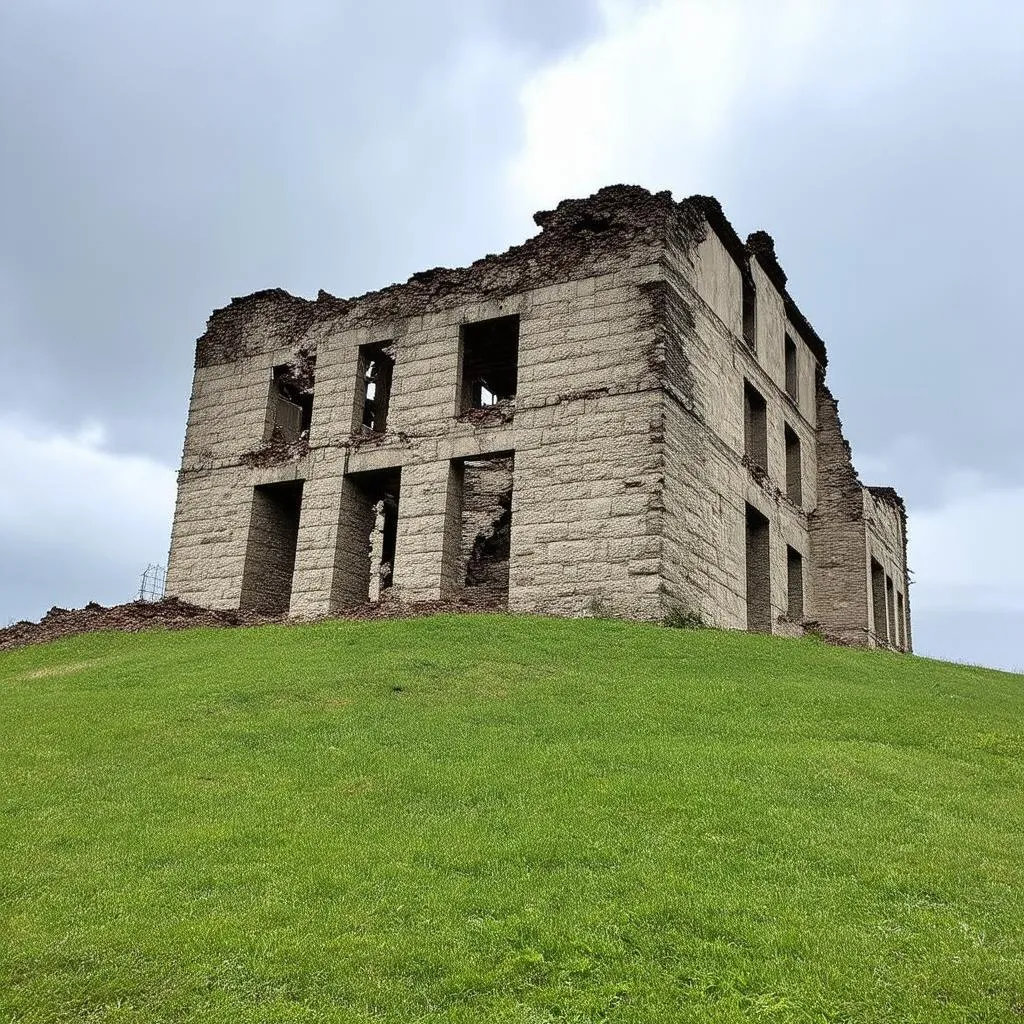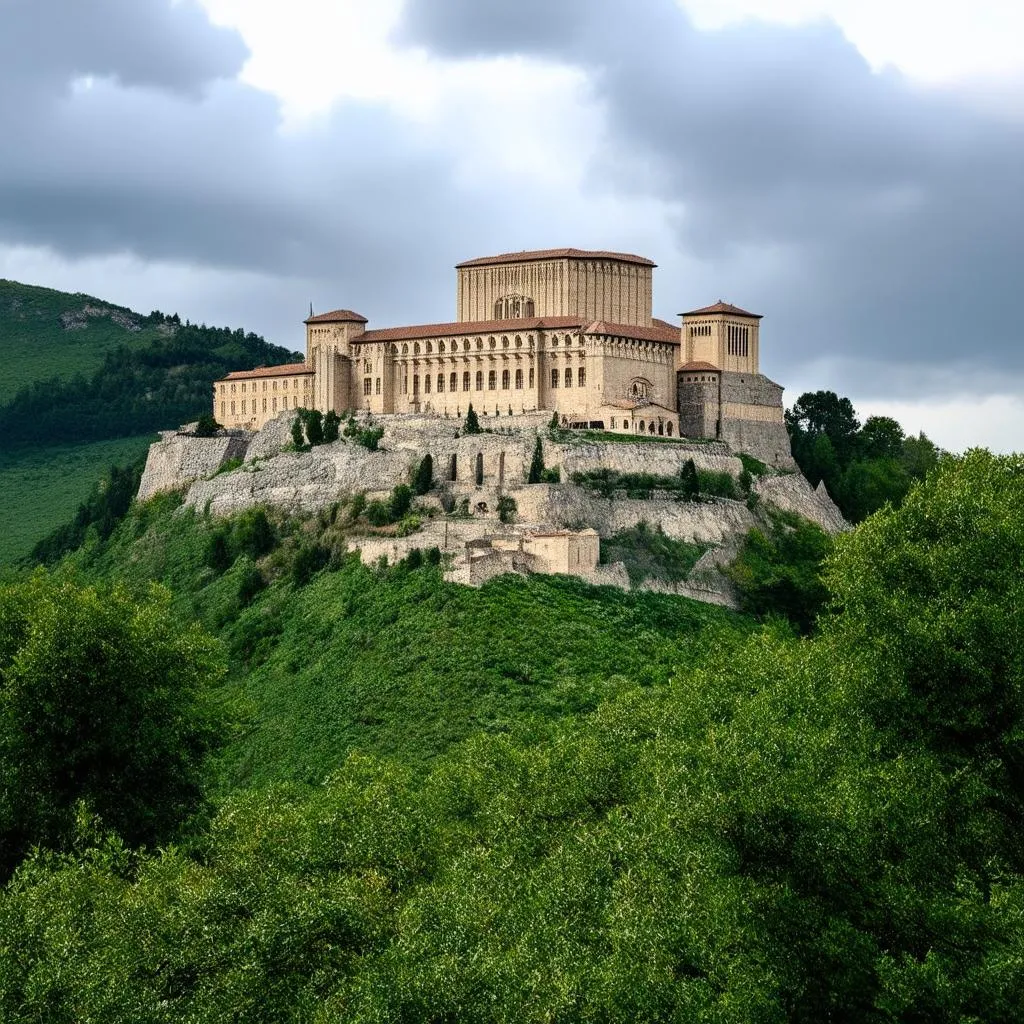Have you ever stood amidst the ruins of a bygone era, feeling the weight of history wash over you? Imagine tracing the footsteps of soldiers, witnessing the aftermath of battles, and unraveling the stories etched into the very fabric of a nation. This, my fellow history buffs, is the power of visiting WWII sites, and Italy, with its strategic significance during the war, offers an abundance of such poignant destinations. This guide will be your compass, leading you through the most compelling WWII sites in Italy, ensuring a journey that’s both informative and deeply moving.
Delving into the Past: Exploring Italy’s WWII Sites
From the shores of Sicily to the rugged mountains of the north, Italy bears the scars and stories of World War II. These sites aren’t just about battles and bunkers; they’re about the resilience of the human spirit, the sacrifices made, and the lessons learned.
The Landing Beaches of Sicily
Our journey begins where the Allied forces first landed on Italian soil – the beaches of Sicily. Imagine the tension on those fateful days in July 1943 as Operation Husky, the Allied invasion of Sicily, unfolded.
- Walking the Beaches: Visit the beaches of Gela, Scoglitti, and Licata, where the American 7th Army came ashore. The vastness of the beaches, even today, provides a visceral sense of the scale of the operation.
- The War Cemetery at Catania: Pay your respects at the Catania War Cemetery, the final resting place for over 3,000 Commonwealth soldiers who lost their lives in the Sicilian campaign.
Monte Cassino: A Mountain Scarred by War
No journey through Italy’s WWII sites is complete without a visit to Monte Cassino. This mountaintop monastery became a focal point of the Italian Campaign, witnessing some of the fiercest fighting between Allied forces and the German army.
- The Ruins of the Abbey: The bombing of the historic Abbey of Monte Cassino in February 1944 remains a controversial event. Today, the rebuilt abbey stands as a symbol of peace and a reminder of the destructive power of war.
- The Polish War Cemetery: Situated on the slopes of Monte Cassino, this cemetery serves as a poignant reminder of the Polish contribution to the Allied victory, with over 1,000 Polish soldiers laid to rest here.
The Gothic Line: Tracing a Defensive Legacy
Stretching across the Apennine Mountains, the Gothic Line was the last major line of defense for the German forces in Italy.
- Following the Footsteps of Soldiers: Explore the fortifications, trenches, and gun emplacements that dotted the Gothic Line. The sheer scale of these defenses highlights the brutal reality of trench warfare.
- Museums and Memorials: Several museums along the Gothic Line, such as the Gothic Line Museum in Scarperia, offer insights into the lives of soldiers and civilians during this period.
 ruins of a World War II battlefield in Italy with cloudy skies
ruins of a World War II battlefield in Italy with cloudy skies
Planning Your Journey: Practical Tips for Visiting WWII Sites in Italy
- Respectful Exploration: Remember that these sites are places of historical significance and, in some cases, final resting places. Always be respectful and avoid disturbing any memorials or artifacts.
- Guided Tours: Consider joining a guided tour led by knowledgeable historians or local experts. They can provide invaluable context and insights, enriching your experience.
- Accessibility: Accessibility varies greatly from site to site. Research in advance and make necessary arrangements if you have mobility concerns.
FAQs: Your Questions About Visiting WWII Sites in Italy
Q: When is the best time to visit WWII sites in Italy? Spring and fall offer pleasant weather for exploring both outdoor sites and museums.
Q: Are there resources available for researching specific WWII events or individuals in Italy? Yes, numerous online archives, museums, and historical societies in Italy offer resources for research.
Q: Can I visit any former concentration camps in Italy? Yes, there were several concentration camps in Italy during WWII. One notable example is the Fossoli camp near Carpi, which now serves as a memorial and museum.
 Monte Cassino Abbey in Italy
Monte Cassino Abbey in Italy
Embracing the Past, Navigating the Present
As you stand on the beaches of Sicily or amongst the mountain ruins of the Gothic Line, remember that you are walking through history. These WWII sites in Italy are more than just tourist destinations; they are poignant reminders of the past, urging us to reflect, learn, and strive for a more peaceful future.
Don’t forget to check out travelcar.edu.vn for more travel tips and insights as you plan your historical journey through Italy!